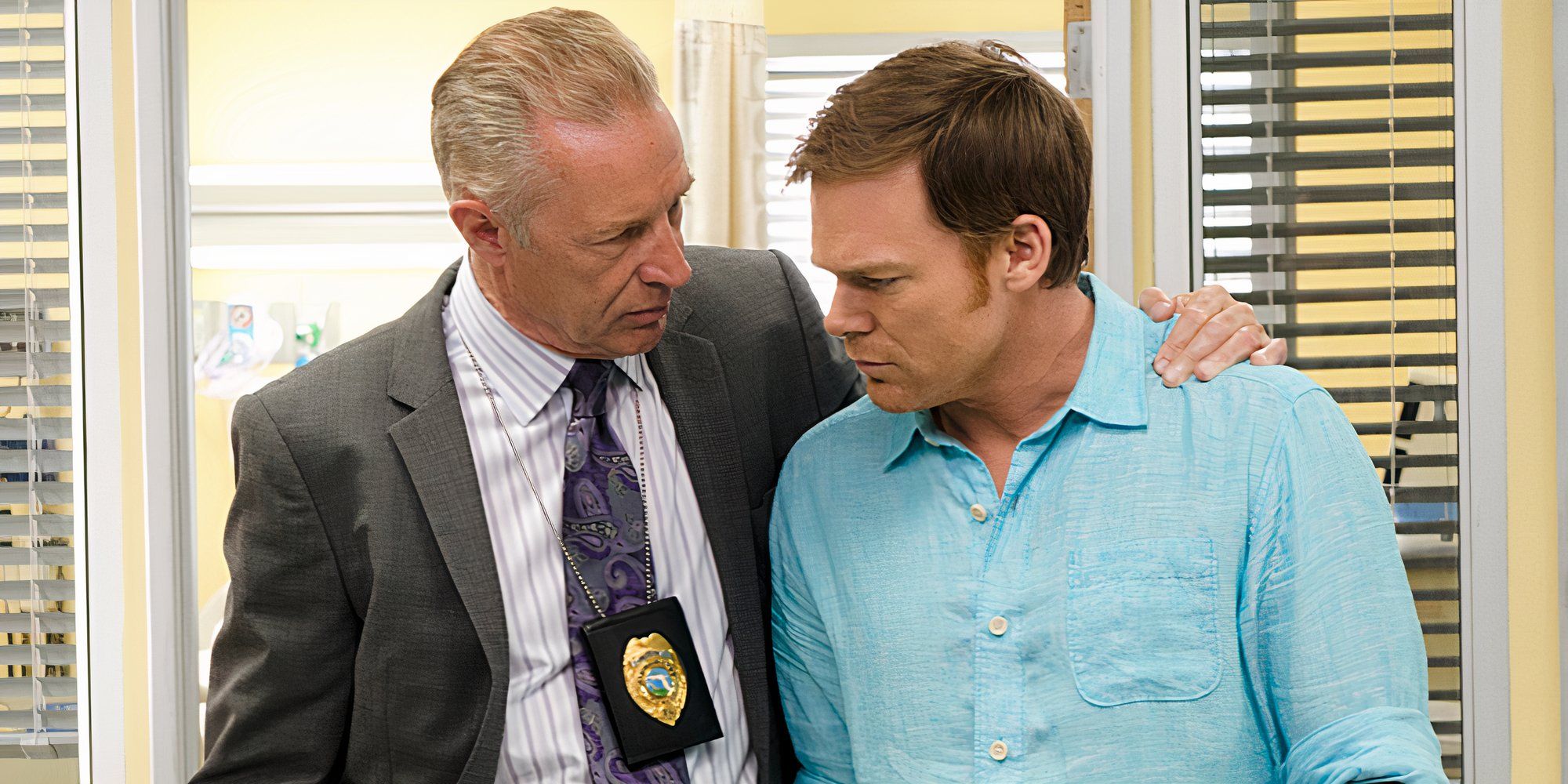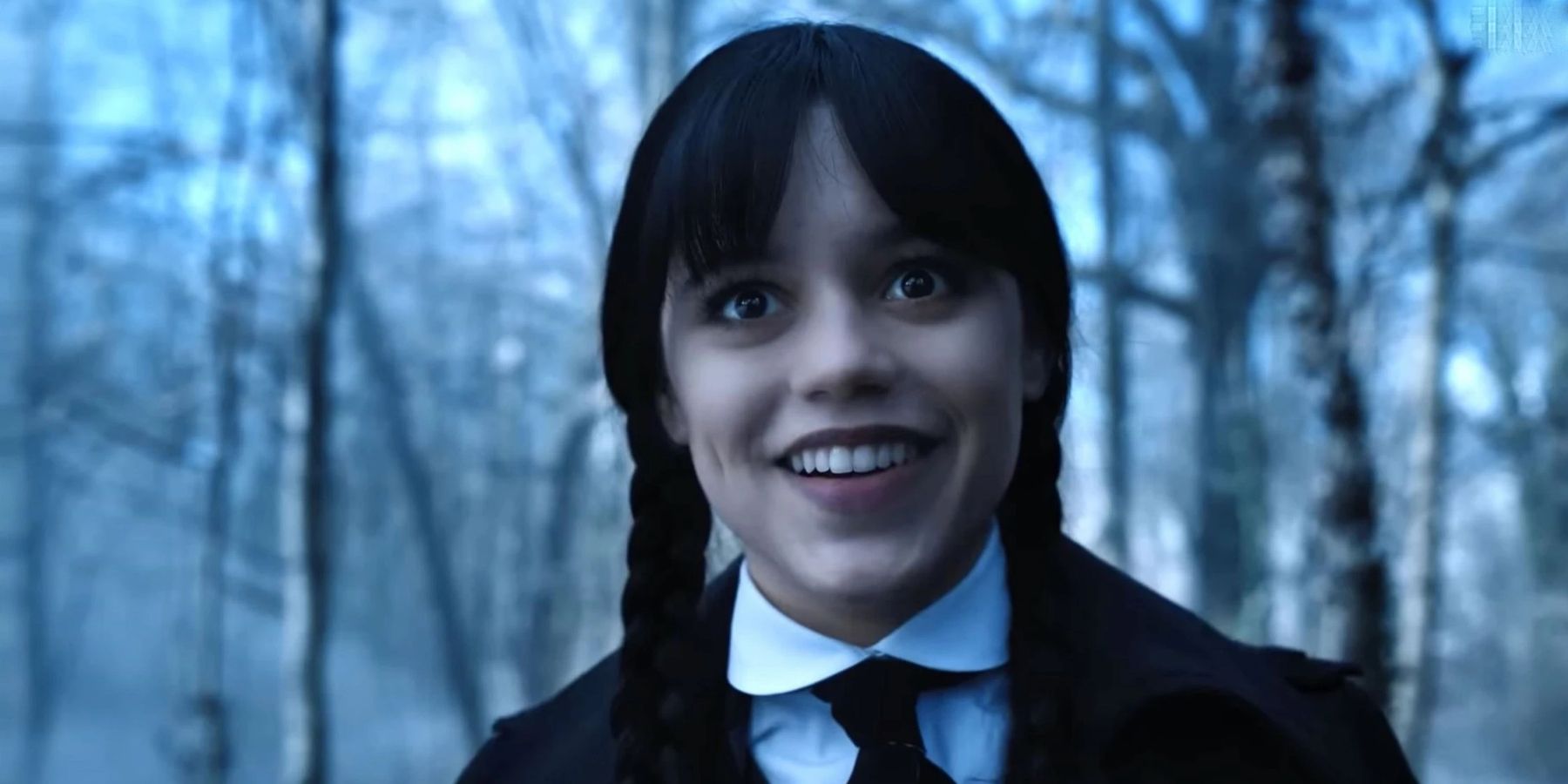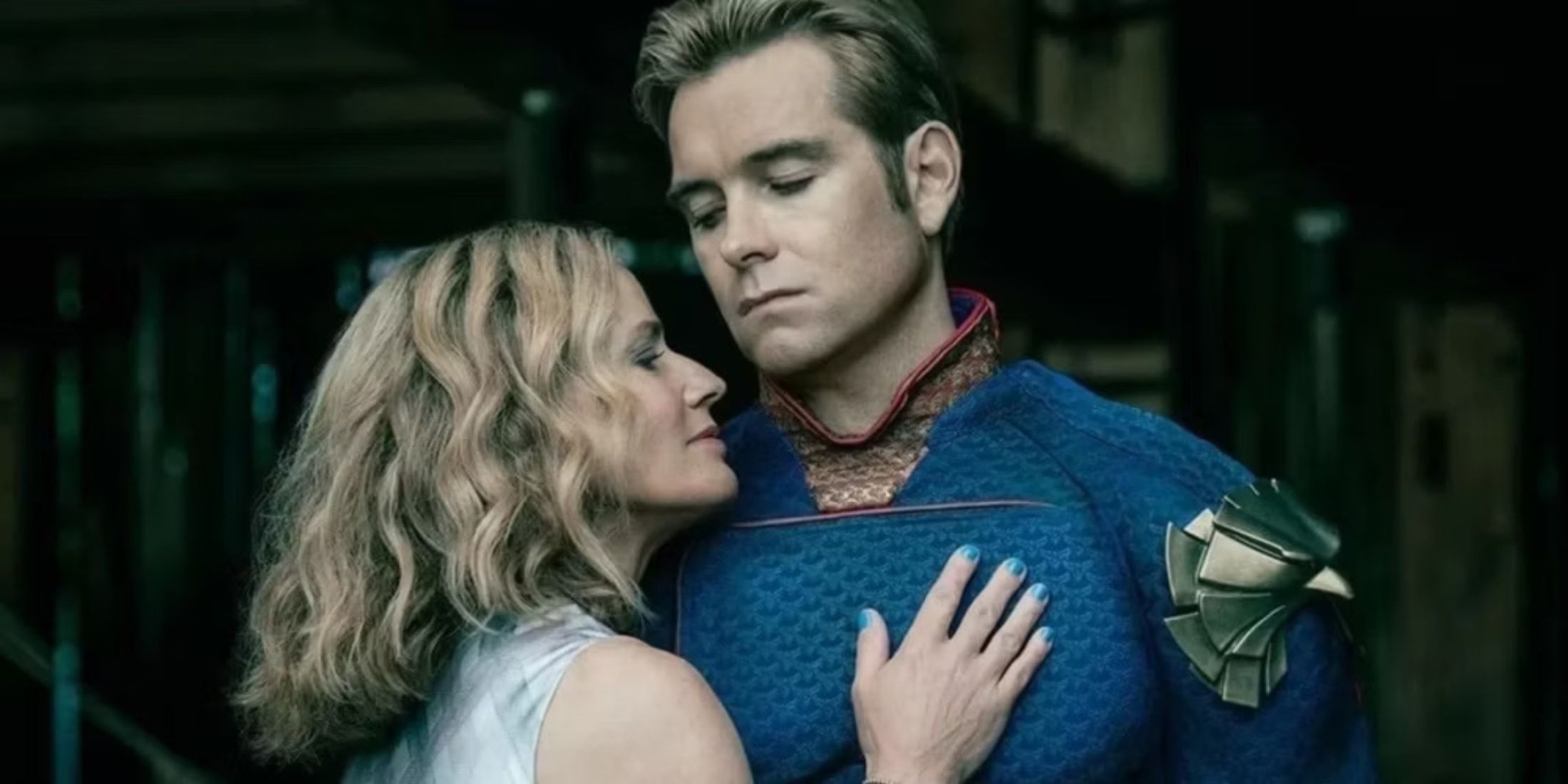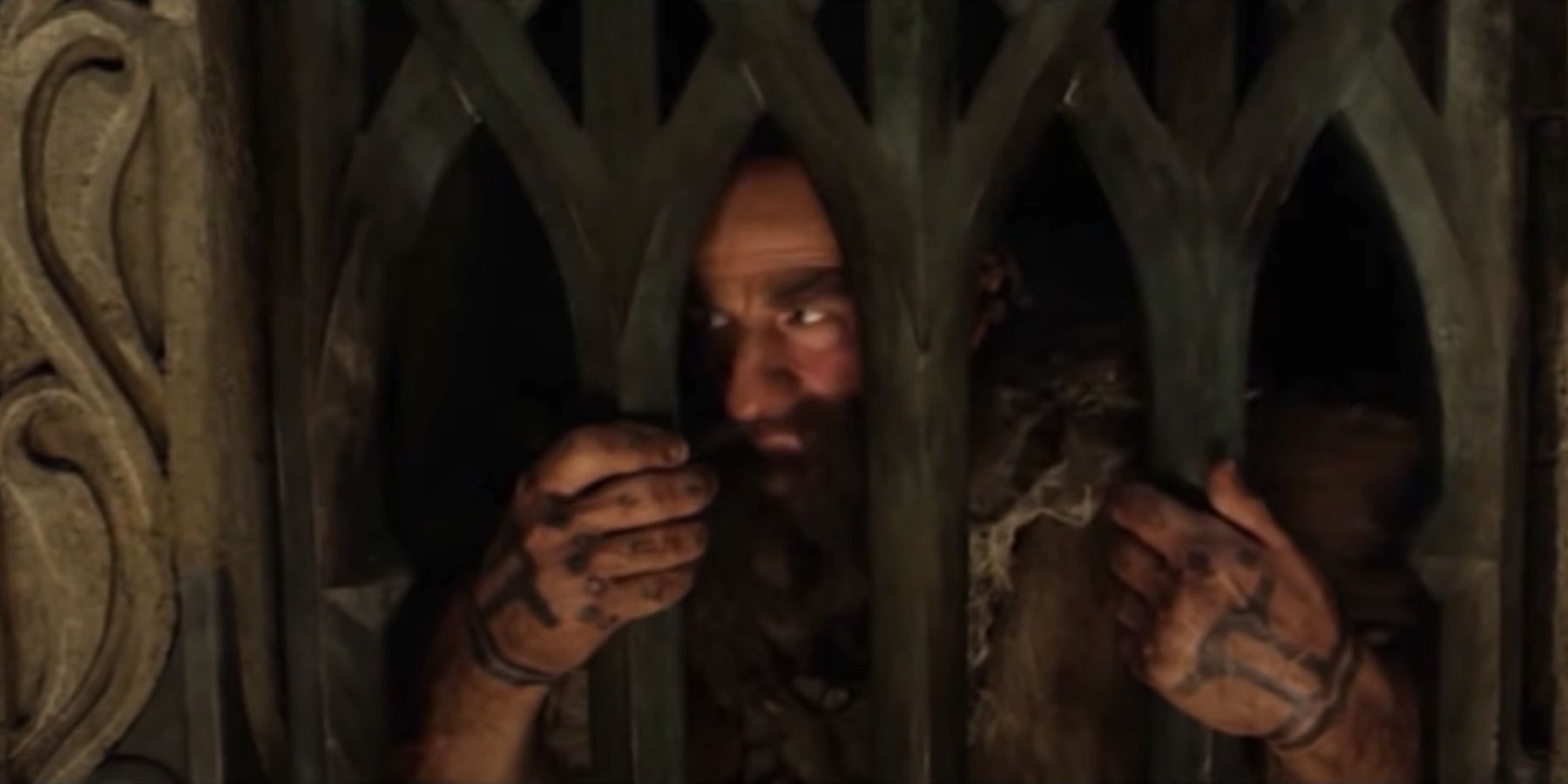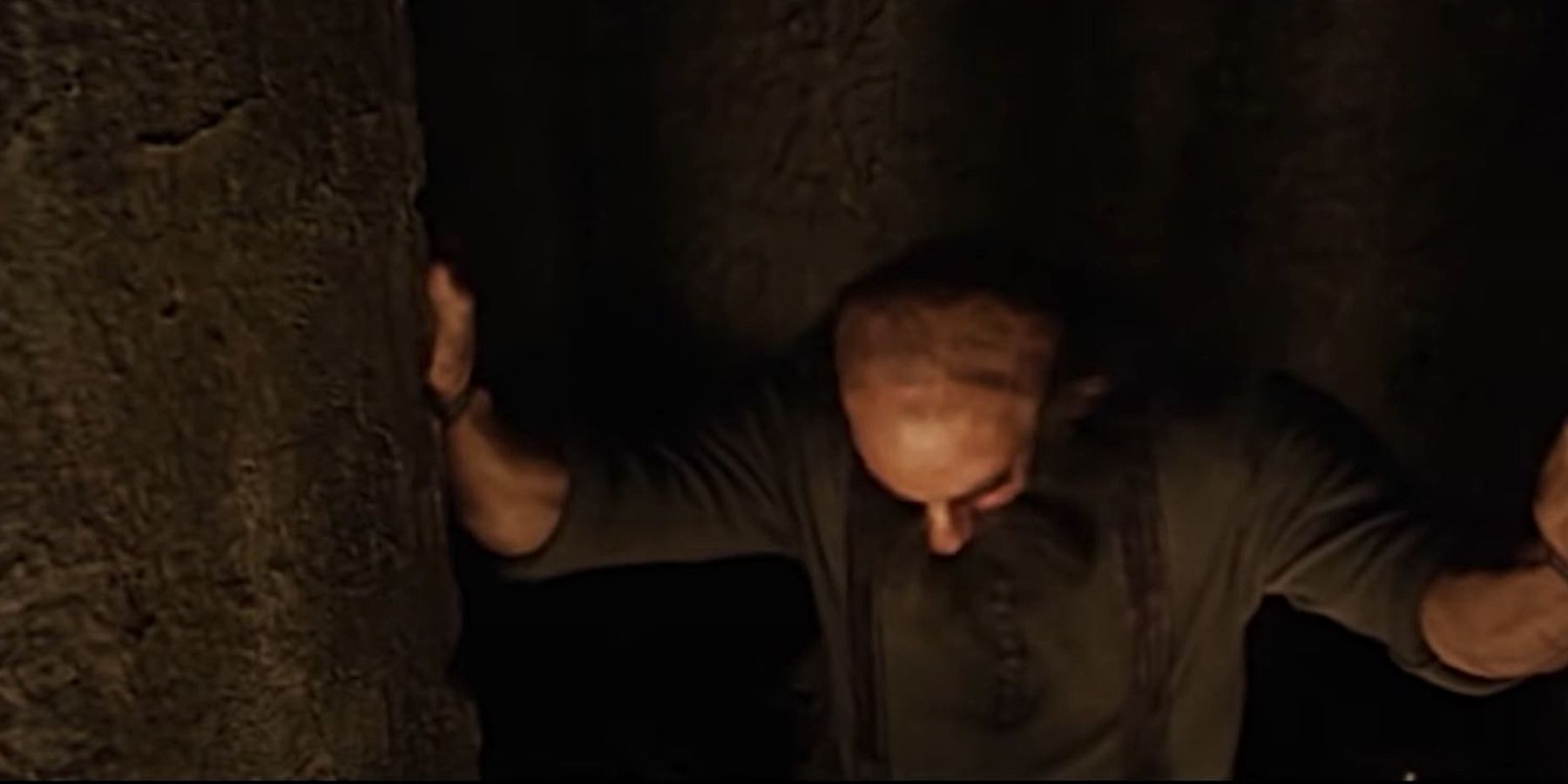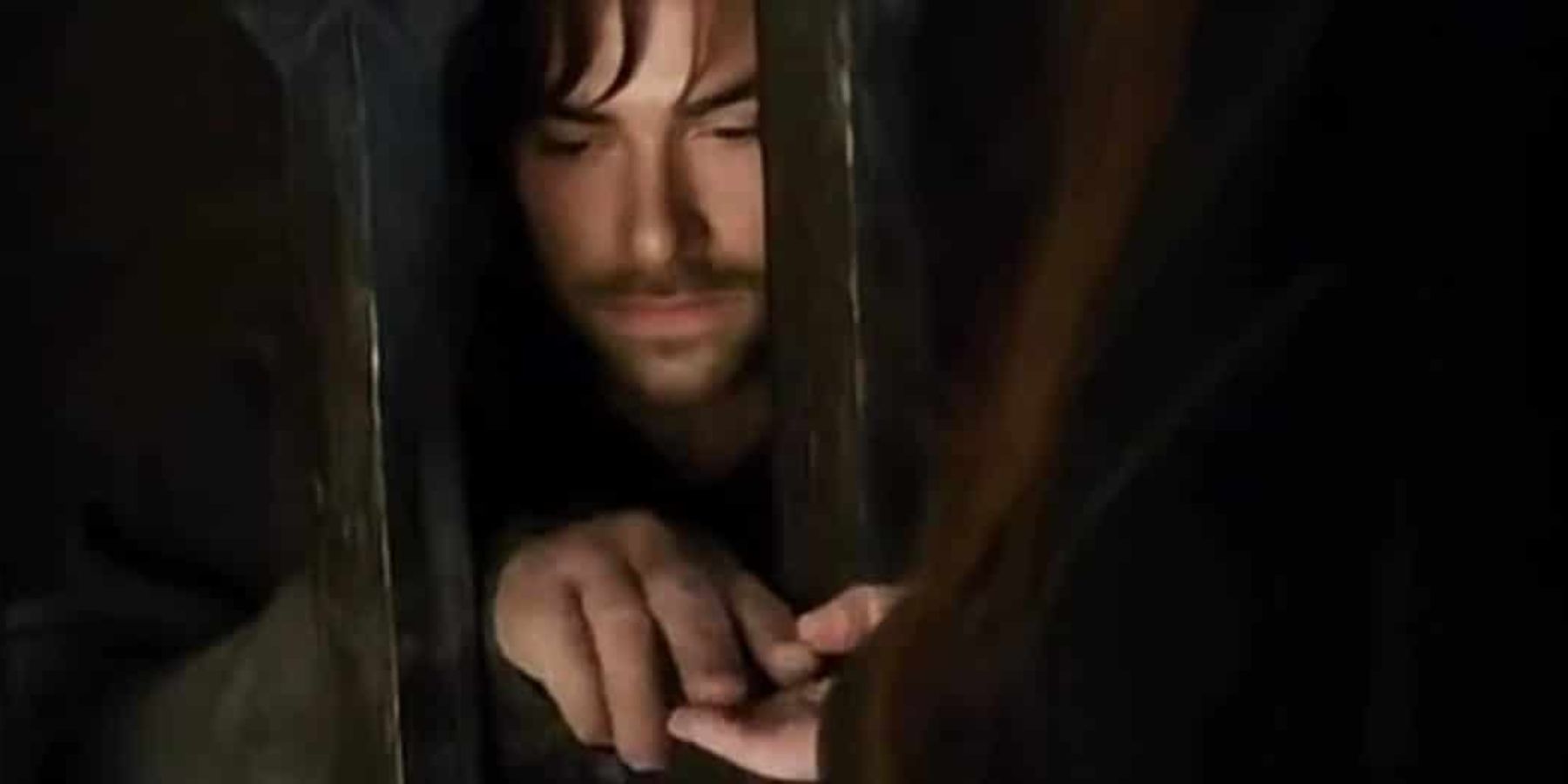Some of the most funny and delightful moments in many film series come from the ad-lib moments, and unfortunately these don’t always make it into the final cut of the films. This is absolutely the case with one of the best scenes that was filmed for The Hobbit trilogy, which unfortunately didn’t even reach the director's cut extended edition DVD’s: The moment in which all of the dwarves are thrown in the dungeons of Mirkwood by the guard elves of the woodland realm.
This scene is classic comedy in lots of ways, using clever techniques like juxtaposition and slapstick to capture the attention of the audience. Meanchile, it also weaves in some deeper layers, and more significant messages about the characters involved.
The Dwarves are facing a possible hundred years rotting away below the forest which, as Thranduil puts is “a long time for the dwarves but, is a blink of an eye in the life of an elf.” Luckily, however, Bilbo is not included in this capture, and therefore remains free to roam the halls looking for a way to help his friends out of their hapless state of incarceration. However, the dwarves don’t know that Bilbo has followed them inside Thranduil’s fortress, or that he has the One Ring to help him avoid being spotted and thrown in a jail cell himself. What makes this scene so brilliant is watching how each character attempts to whittle away their time behind bars, with no knowledge or hope of their imminent rescue.
Dwalin spends his confinement bashing against the bars, over and over again, as if he is trying to break out. There is something manic about it, like a scene from One Flew Over The Cuckoo’s Nest, or “Here’s Johnny!” in The Shining. Dwalin knows that they are running out of time before Durin’s day approaches, and he is desperate for them to complete their quest and reclaim their homeland. But the battering against the bars and trying to break free is also very true to his character and his warrior spirit, and the fact that even when he is detained, no one can oppress him. He is also incredibly loyal to Thorin, and lives to protect him. Thus he is battling to get out of the cage because Thorin has been taken to the halls of Thranduil, and could be in serious peril.
Meanwhile, in true Bombur fashion, Bombur looks absolutely miserable within his cell — not because he is particularly perturbed by the prospect of spending a hundred years locked in an elven prison, but because of the meager portion sizes of the prison rations. He sits and stares woefully into the bowl in his hands which looks like it contains just a few scraps of bread. Bifur is clearly also not pleased with their provisions, as he spits out his helping in anger.
Dori, on the other hand, chooses to occupy his time in the jail cell to practice his operatic vocals, much to the annoyance of all of the other dwarves, who are driven to the edges of insanity by his singing. Dwalin can be seen pacing in the background like a caged animal about to lean over and rip Dori’s vocal cords out, if only he could reach. Ori is also in the cell with Dori, and stays close by to his older companion, as if fearful of their fate in their terrible predicament, and seeking comfort.
The only interaction in the jail cells that audiences actually get to see before the group is rescued by Bilbo and his clever trick with the wine barrels, is that between Kili and Tauriel. In this scene, Tauriel tells Kili about the beauty of the stars, and he tells her about the promise he made to his mother long ago. It marks the start of their connection, which later blooms into love after finding this common ground despite everything else in the world telling them that they should be enemies. This is also very true to their characters, and what the audience has seen of them up to this point, as well as all the things still ahead.
This jailhouse scene is one of the best moments for the dwarves, because serves as a defining character moment for many. It shows all of their strengths and their follies in one place. It shows their tenacity and their fierceness, as well as their ability to withstand and endure in even the most dire seeming moments. It also shows each of their individual strengths and needs, and what they must do to equip themselves for the potentially long days ahead — especially after Thorin so rashly casts aside the deal that Thranduil offers them for their freedom, in exchange for his share of the treasure in the mountains.

